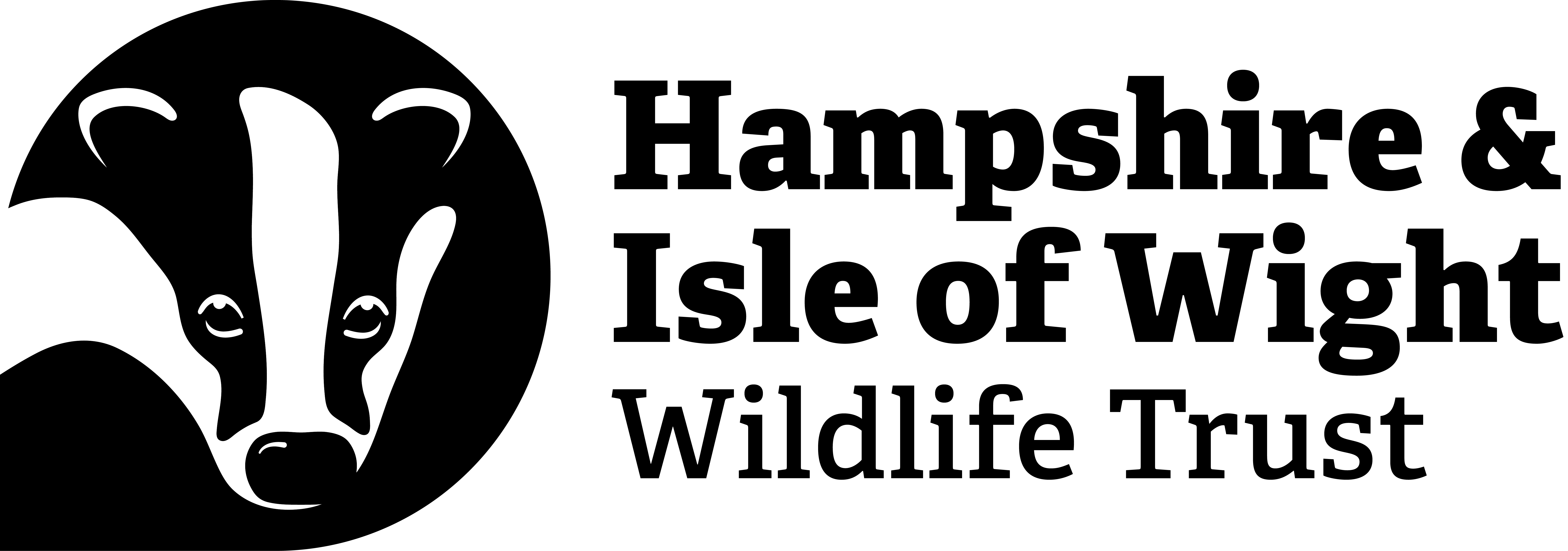LNRS must be given clear, meaningful influence in planning and decision-making if they are to make a real difference. They should provide a robust foundation for planning decisions, outlining where nature is and where it needs to be protected. Crucially, to deliver action, not just words, they need clear delivery mechanisms and meaningful targets.
As the Isle of Wight LNRS is published for public consultation, we recognise the hard work the Council and the team behind it, have put into creating a strong strategy—one that DEFRA is already viewing as an exemplar. The consultation is a key opportunity to ensure the LNRS fully aligns with our nine principles for success, helping to secure the best possible outcomes for nature.
With consultation open until February 14th, we have a valuable opportunity to support an ambitious strategy that builds on the Council’s hard work and helps achieve the fast-approaching legal targets to halt nature’s decline by 2030.
To make your voice heard, respond to the public consultation using our guidance below, as well as your own concerns.
